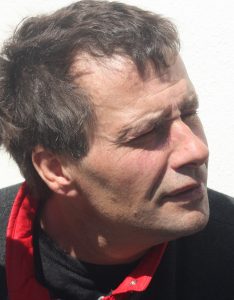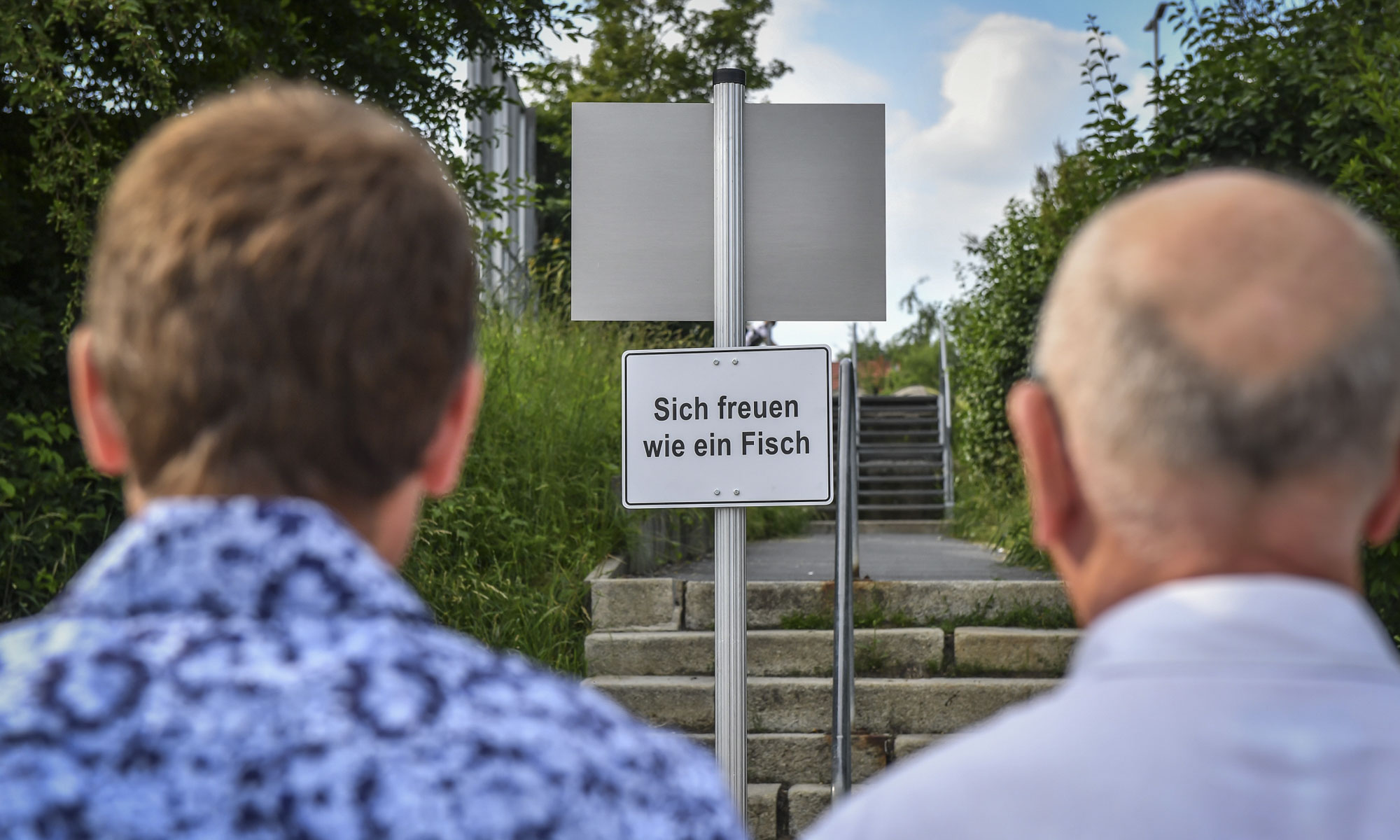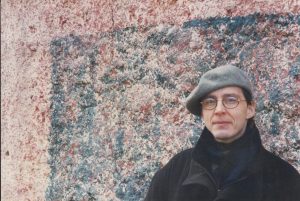
Born in Freising in 1965, Korbinian Huber completed training in stone carving before studying Sculpting at the Academy of Visual Arts in Nürnberg from 1990 to 1996. In 1993 he won Freising County’s Art Advancement Award. He is involved in various art symposiums both in Germany and abroad. Korbinian Huber lives and works as an independent artist in Duggendorf.
Korbinian Hubers wooden sculptures are created four-dimensionally. Through his work, the sculptor breaks from the idea of wooden stiffness and creates his own imagination-powered, poetic world. With a smile and irony from a distance, Huber is able to capture the fullness of life through his work. His unconventional, sometimes delicate, sometimes crude, sculptures give testimony to a passionate, very innovative and ever-professional connection to wood.
For Wunsiedel, Huber created an installation which offers a “good, deep look” into the Wunsiedel Ice Pond. The surface of standing water or of the sea is a geometric plane, a fundamental concept of two-dimensionality. Questioning this otherwise unquestioning surface, the standard for all constructive intentions, is a game Korbinian Huber cannot resist playing.


